Gallery Events
Oct
222017 |
Marc FriesHow to find meteorites with weather-radar observations of fireballs: Opportunities for “citizen science” in the US and worldwideLocation: Geology 3656 The US maintains a nationwide network of Doppler weather radars, and it is possible to find meteorite falls using their freely-available radar imagery. This talk will describe what a meteorite fall is, how frequently they occur (Spoiler: About once per year in the US!), and instructions so that anyone with internet access can find them. 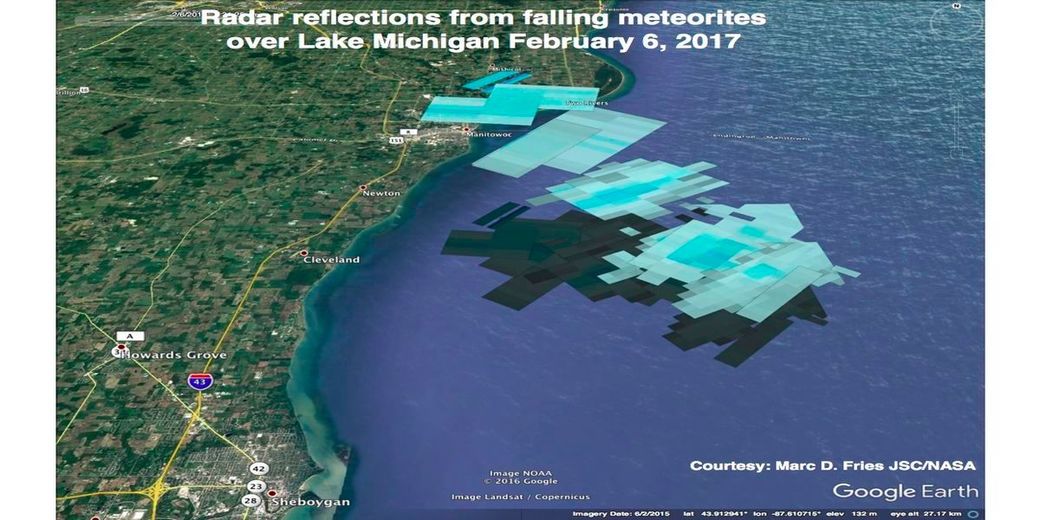
|
Sep
172017 |
Prof. David JewittFrom the Edge of the Solar SystemLocation: Geology 3656 We have discovered that a new comet, C/2017 K2, is active at record distance from the Sun. It appears to be making its debut in the planetary region, following 4.5 billion years in the frigid Oort cloud. David Jewitt will discuss the new object and describe what we know about the outer realms of the solar system. 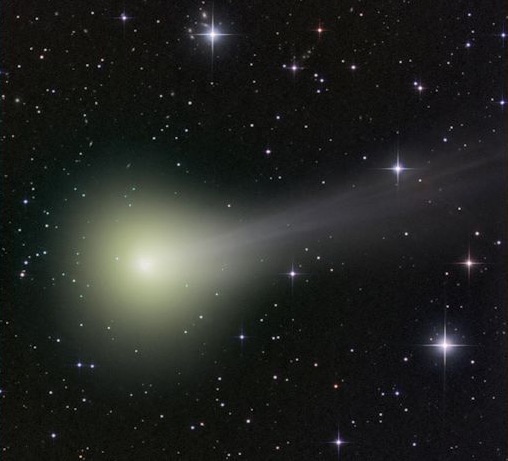
|
Aug
272017 |
Dr. Paul WarrenMeteorites from Mars and on MarsLocation: Geology 3656 Martian meteorites are key sources of information about the Red Planet, especially its volcanic history. Ar and N isotopic ratios show the martian connection. Even though there are fewer martian meteorites (about 110) than lunar meteorites (140), the tally for meteorite falls is 5 martians to zero lunars. Rovers have analyzed a few meteorites among the cobbles on the martian surface. Photo credit: NASA/JPL-Caltech/LANL/CNES/IRAP/LPGNantes/CNRS/IAS/MSSS 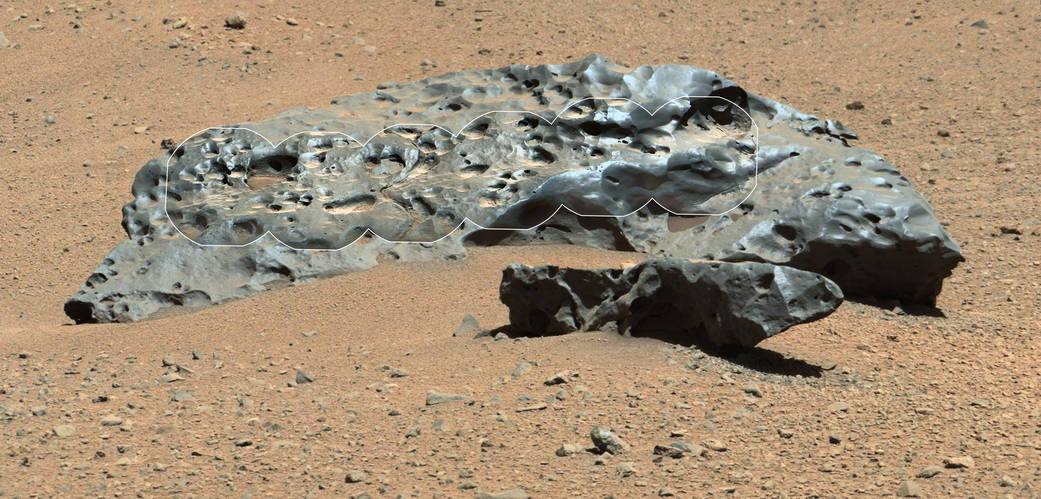
|
Aug
212017 |
Solar Eclipse watching eventAstronomy and Planetary ScienceLocation: Court of Sciences People in Los Angeles will be able to see a partial solar eclipse, as long as clouds do not obstruct the view. UCLA’s public event will be run from 9:30 to 11:30 a.m. on Monday, Aug. 21. The maximum point of the eclipse will be at 10:20 a.m., when the moon will obscure about 60 percent of the sun. At 11:44 a.m., the moon will complete its journey across the sun. The event will be held at the campus’s Court of Sciences. UCLA will have specially filtered solar telescopes that protect the eyes while revealing stunning details of the sun, such as enormous clouds of ejected solar material, and surface features such as sunspots, which can be larger than the Earth. There will also be live images of the solar eclipse projected onto a white screen that will enable participants to take eclipse photos. UCLA scientists in astronomy and planetary sciences will be available to answer questions about the sun, the eclipse, the solar system and astronomy. A limited number of eclipse glasses will be provided. More info can be found here: http://www.newsroom.ucla.edu/releases/ucla-scientists-invite-public-to-free-eclipse-watching-event. Photo: NASA 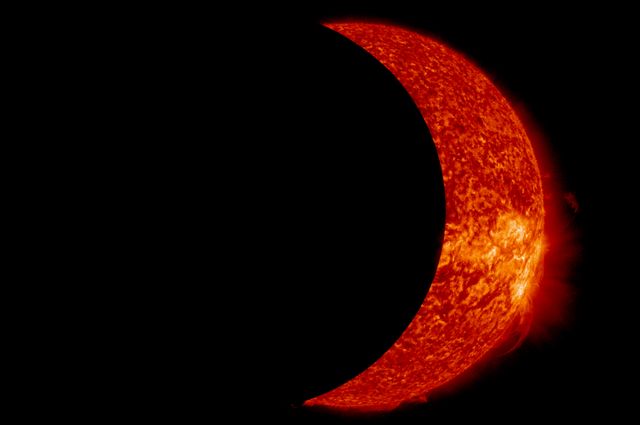
|
Jul
162017 |
Prof. David PaigeIce deposits at the poles of the Moon and MercuryLocation: Geology 3656 Surficial ice evaporates relatively quickly if exposed to sunlight in the inner solar system. However, some parts of craters near the poles of Mercury and the Earth’s Moon are in permanent shadow. If a water molecule lands in such a spot it is expected to stay there until it evaporates due to heat from a micrometeorite or a photon from a star other than the Sun. New spacecraft data support the interpretation that there is ice in these shadowed regions. Picture: Lunar mosaic of the south pole (GSFC/NASA/Arizona State University) 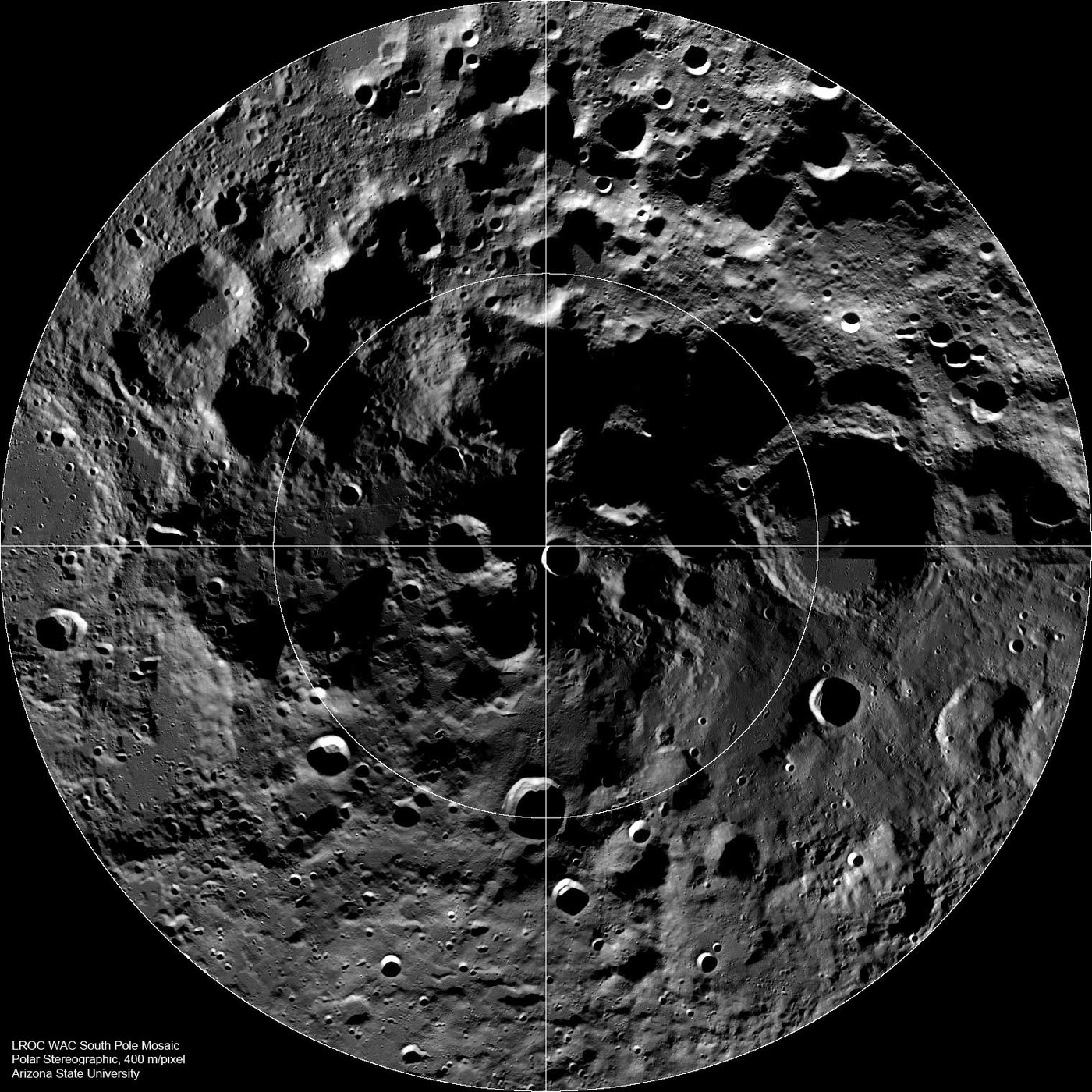
|